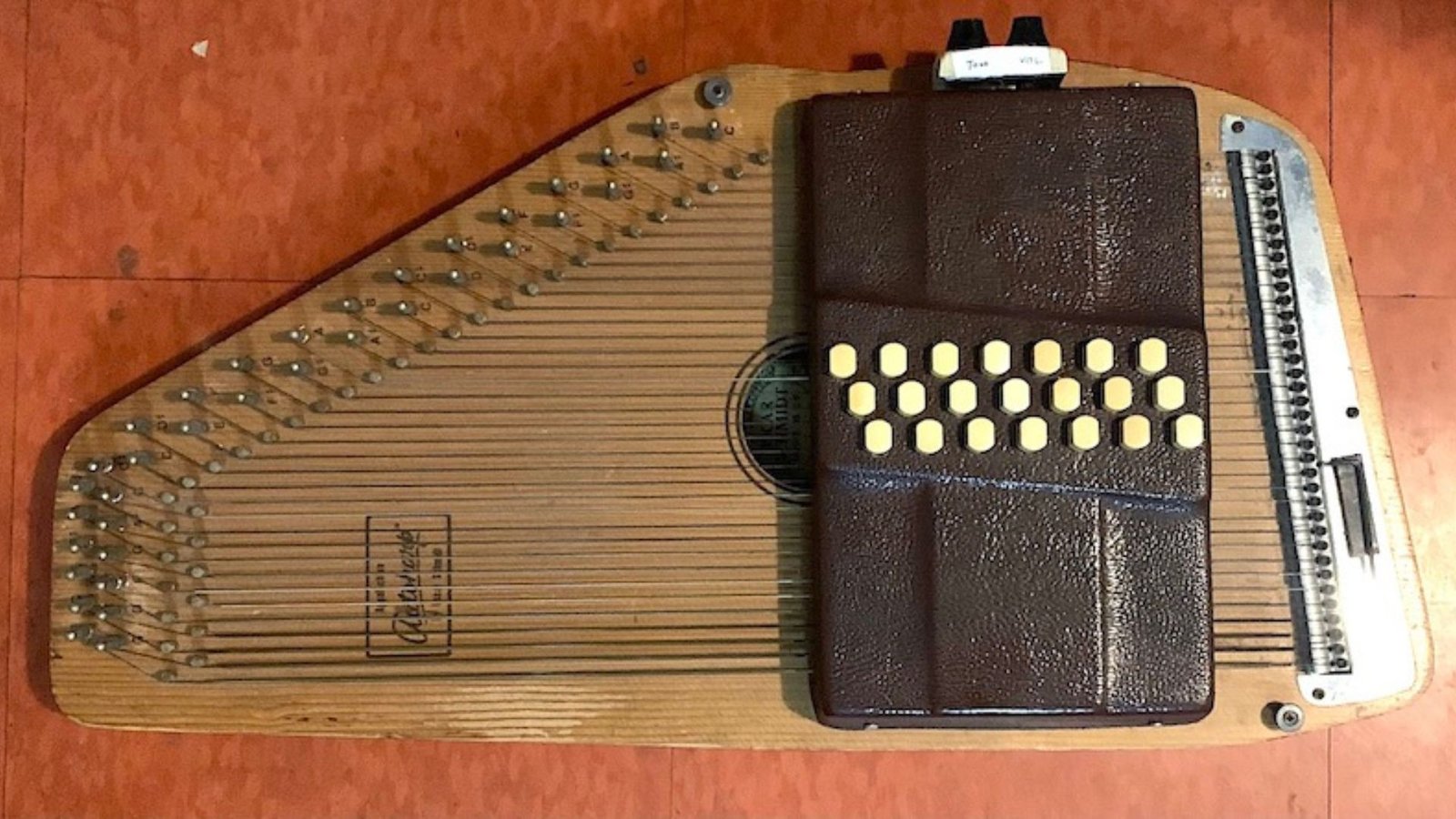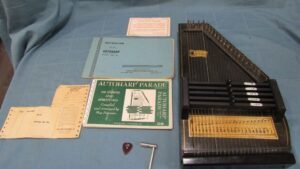
Collaborating with other musicians can significantly enhance your experience and expand your versatility as an autoharp player. Here’s a detailed guide on how to effectively collaborate with other musicians and make the most of your autoharp in various musical settings:

Understanding Your Role
As an autoharp player, it’s important to understand how your instrument fits into different musical contexts. The autoharp is known for its rich, harmonious chords and rhythmic accompaniment. Identify your strengths, whether it’s providing harmonic support, rhythmic drive, or adding unique tonal qualities. This self-awareness will help you communicate your role effectively to other musicians.
Communicating with Your Band
Effective communication is key to successful collaboration. Before starting a project or performance, discuss your musical goals, preferences, and any specific needs or expectations with your fellow musicians. This includes discussing song arrangements, chord progressions, and dynamics. Clear communication ensures everyone is on the same page and helps prevent misunderstandings.
Adapting to Different Musical Styles
One of the benefits of the autoharp is its versatility across various genres. Be prepared to adapt your playing style to fit different musical settings, whether it’s folk, bluegrass, gospel, or contemporary music. Learn how to adjust your strumming patterns, chord voicings, and rhythmic approaches to complement other instruments and the overall musical style.
Collaborating in Live Performances
When performing live with other musicians, focus on how you interact with your bandmates on stage. Pay attention to the dynamics of the performance and adjust your playing accordingly. Maintain eye contact, follow cues, and be responsive to changes in the performance. A cohesive stage presence enhances the overall musical experience for both performers and the audience.
Recording Sessions
In a recording setting, collaborating with other musicians requires attention to detail and flexibility. Work closely with producers and fellow musicians to capture the best sound. Be open to experimentation and adjustments during recording sessions. Your autoharp can add unique textures and harmonies, so communicate how you envision its role in the recording.
Learning from Others
Collaborating with experienced musicians provides an opportunity to learn new techniques and approaches. Observe how other musicians handle their instruments and adapt their techniques to enhance your own playing. Be open to feedback and constructive criticism, as it can lead to personal growth and improvement in your musicianship.
Supporting Other Musicians
As an autoharp player, your role often involves supporting other musicians rather than being the focal point. Emphasize your ability to provide a solid harmonic and rhythmic foundation. Offer encouragement and support to your bandmates, and be willing to step back or adjust your playing to highlight their contributions.
Exploring New Musical Opportunities
Collaborating with other musicians opens doors to new musical opportunities and experiences. Take advantage of these opportunities to expand your repertoire, experiment with different styles, and connect with musicians from diverse backgrounds. These experiences can enhance your skills and broaden your musical horizons.
Building Relationships
Building strong relationships with fellow musicians can lead to more successful collaborations. Engage in regular communication, be reliable, and show appreciation for their contributions. Positive relationships foster a collaborative environment and can lead to ongoing musical partnerships and projects.
Reflecting on Your Collaborations
After each collaboration, take time to reflect on the experience. Evaluate what went well and identify areas for improvement. Use this reflection to refine your approach to future collaborations and continue growing as a musician.
Conclusion
Collaborating with other musicians as an autoharp player can be a rewarding experience that enhances your musical skills and expands your opportunities. By understanding your role, communicating effectively, adapting to different styles, and supporting your fellow musicians, you can create memorable musical experiences and contribute meaningfully to any ensemble or project. Embrace these opportunities with enthusiasm and an open mind to fully enjoy the collaborative process.










